- 知从MCAL产品定制开发服务
- 知从VECTOR FBL产品工程服务
- 知从基于恩智浦S32K3系列芯片功能安全包可提供的服务
- 知从LIN一致性测试服务
- 知从科技基于英飞凌MOTIX™系列芯片 提供基础软件解决方案
- 知从基于恩智浦S32K3系列芯片功能安全包可提供的服务
- 知从E2E测试服务
- 从TRICORE平台到ARM CORTEX-R52/R52+的迁移指南
- 知从RTE测试服务
- 知从木牛恩智浦S32K1信息安全服务手册
- 知从嵌入式自动化测试服务
- 瑞萨RH850 G3MH/G3KH到ARM CORTEX-R52/R52+的迁移指南
- 知从ASPICE SWE04单元测试介绍
- 知从啸天信息安全算法工具(可直接下载试用)
- 知从功能安全工程服务
- 知从SafetyLibrary服务
- 知从VECTORMICROSAR产品工程服务
- 知从MCAL产品工程服务
- 知从ECU控制器开发功能服务
- 知从软件测试工程服务
- 知从HIL测试工程服务
- 知从TESTFACTORY工程服务
- 知从ADAS域控制器英飞凌MCU TC397
- 知从网关产品
- 便携式充电器
- 交流充电桩产品
在汽车基础软件开发过程中,测试的重要程度也日趋明显。测试用来检测该功能是否按照预期实现,测试是对软件质量的一个度量,通过前期的测试,尽早的发现软件中的 BUG,进而提高软件质量,保证产品质量。
测试链基本步骤如下:
![]() 针对代码的静态测试
针对代码的静态测试
![]() 针对详细设计的单元测试
针对详细设计的单元测试
![]() 针对架构的集成测试
针对架构的集成测试
![]() 针对需求的系统测试
针对需求的系统测试
1 静态测试-知从 QAC 测试服务
静态测试通过分析源程序的语法、结构、过程以及接口等来检查源程序的正确性、可读性性、可维护性。知从提供的静态测试主要是利用 QAC 根据 MISRA C 规范对静态代码的一个规范检测,并提供相应详细测试报告。
QAC 测试可检测的度量:
Ø 函数圈复杂度 STCYC
Ø 路径复杂度STPTH
Ø 嵌套深度STMIF
Ø IF ELSE 数量 STELF
Ø 其他度量
静态测试的优点:
Ø 发现程序中的语法错误
Ø 检查软件是否符合编程标准
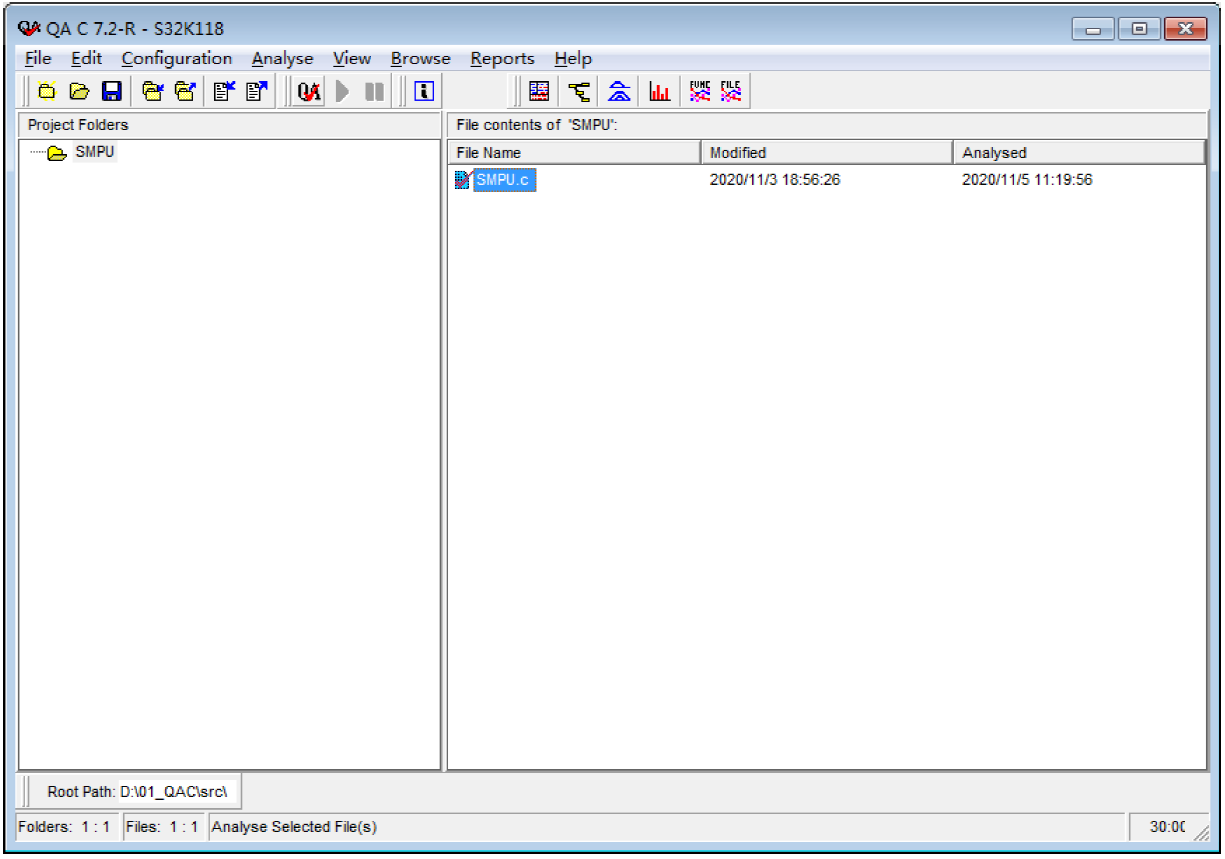
QAC 静态分析界面
QAC 测试中可以检测多种度量,通过选择需要检测的度量,可以将代码中每个函数的度量结果以折线图方式显示在界面上。
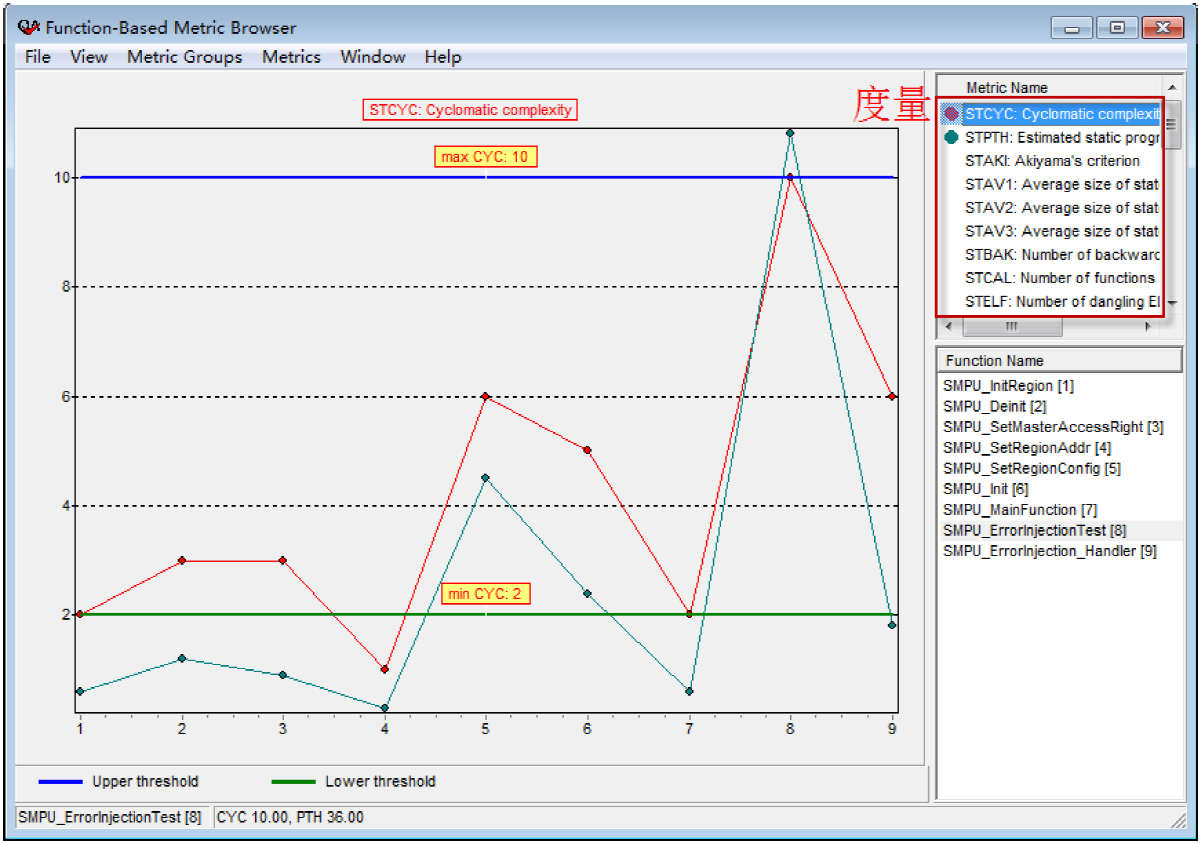
QAC 各函数度量
显示的源文件引用嵌套关系,可以帮助减少不必要的嵌套调用,降低代码调用的复杂度。
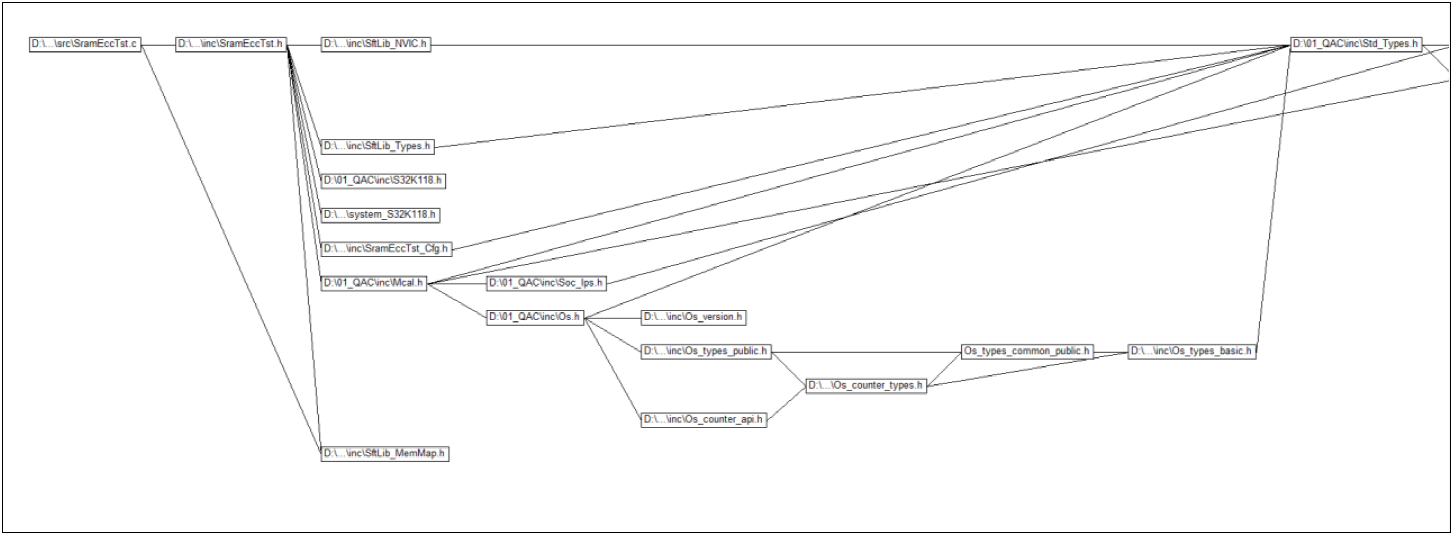
该文件嵌套关系
测试提供的QAC 静态分析报告包括 Metrics 度量、MISRA 违反编程规范的错误列表以及误差列表——用于显示文件中出现的 QAC 错误以及修正建议。
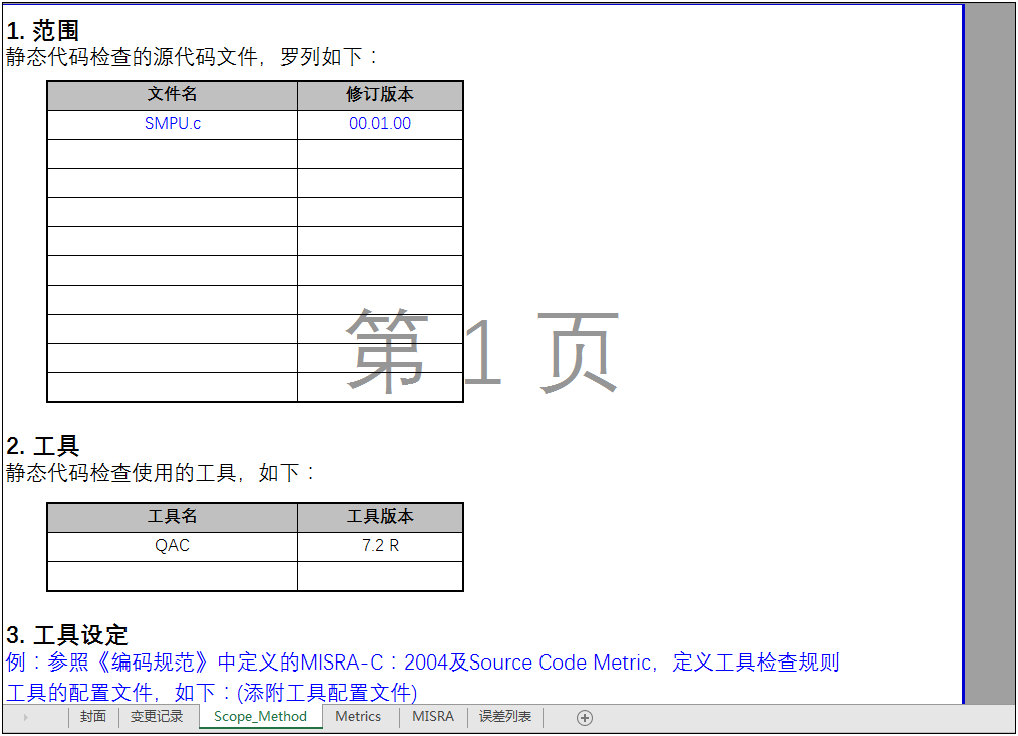
QAC 静态分析报告
2 单元测试-知从 TESSY 测试服务
单元测试是软件开发 V 模型中重要的一环(如图 5),在完成编码工作后,测试工程师根据详细设计进行单元测试,用来验证函数的功能是否按照详细设计来实现,以及通过单元测试来发现潜在 BUG。为此知从推出 Tessy 单元测试服务(C 语言),包括 PC 端模拟测试和实际芯片环境的测试。

软件 V 模型开发部分
单元测试的作用:
Ø 检测功能错误
Ø 检测功能遗漏
Ø 检测超出需求中的部分
Tessy 的实际芯片测试环境搭建很复杂,知从也提供环境搭建服务。
知从目前可提供搭建的环境:

根据提供的设计需求设计相应的测试 Case,检测代码实现的功能是否满足需求,保证功能与需求的可追溯性。
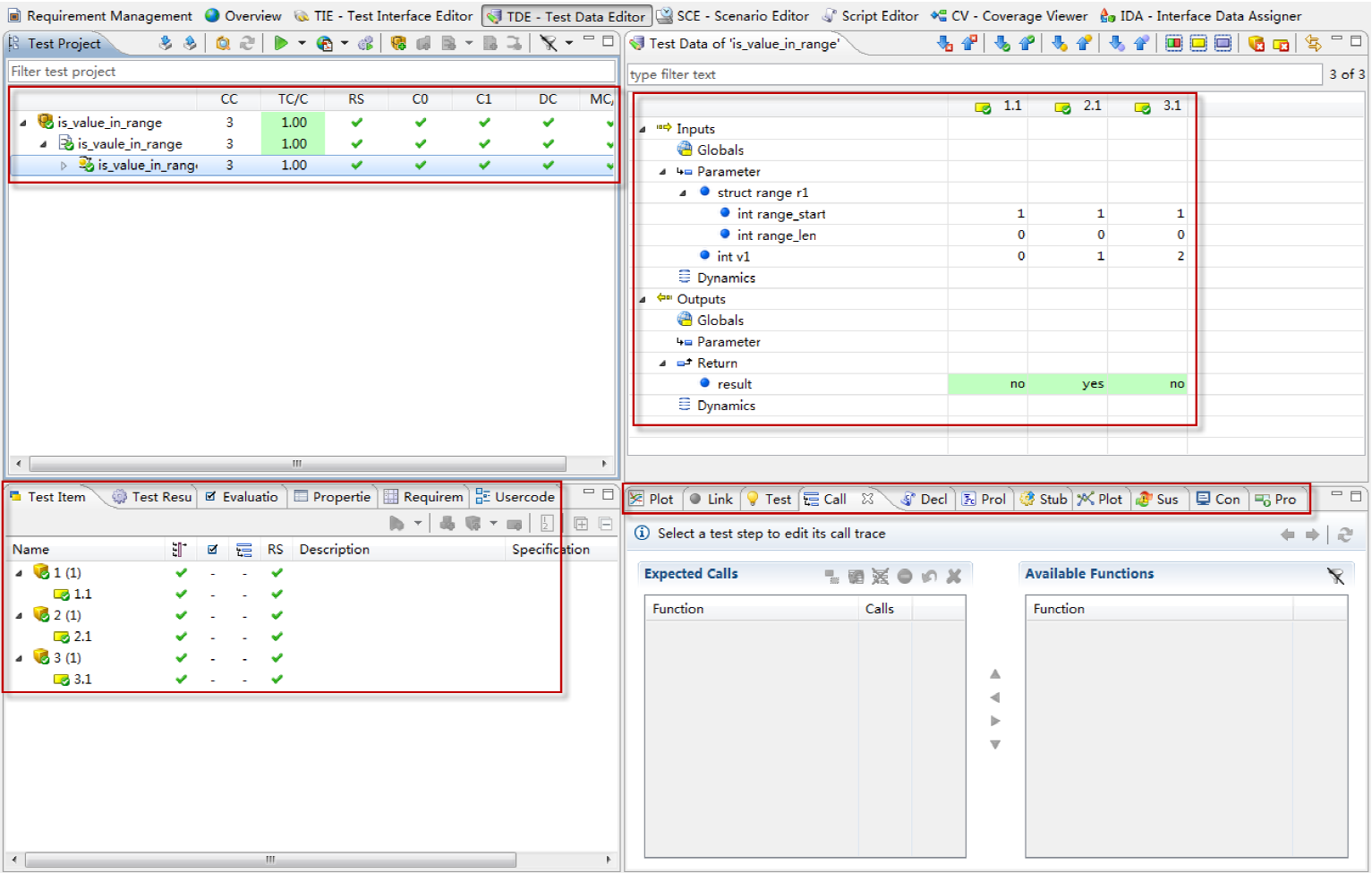
Tessy 单元测试界面
检测代码的路径覆盖度是否能够满足,保证代码中所有路径都能正常运行。
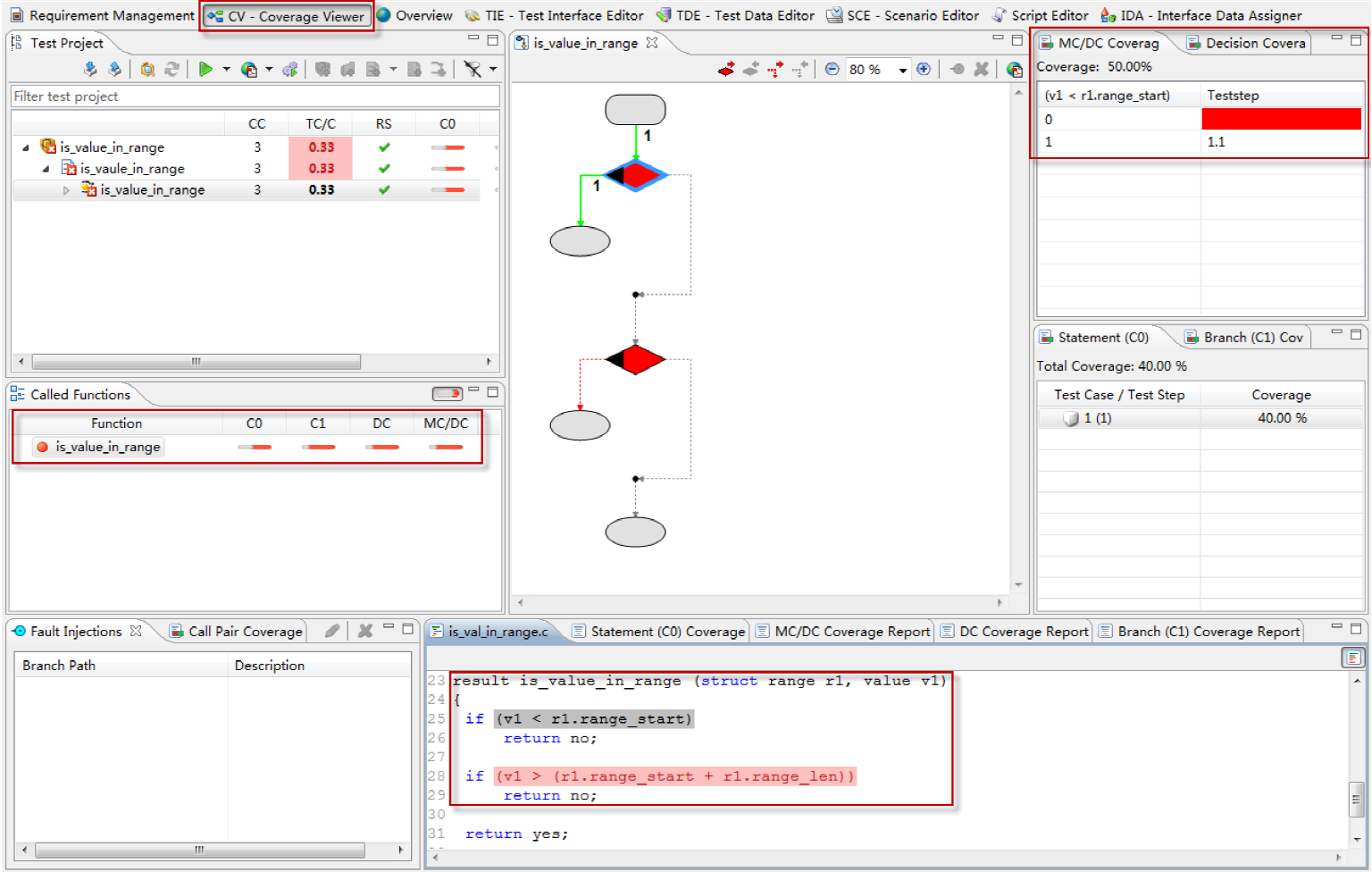
Tessy 单元测试试用例覆盖度视图
搭建目标芯片在对应编译器与调试器下的实机环境,提供 xml 环境配置文件。
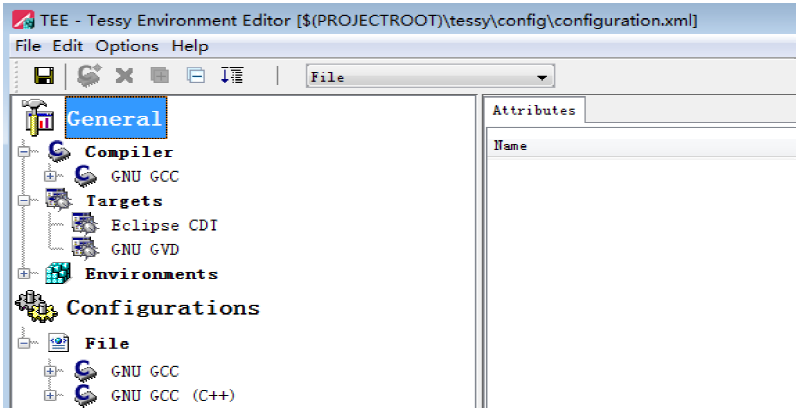
Tessy 实机环境搭建
Tessy 测试可以生成 4 种报告,包括 Details Report、Overview Report、 Planning Coverage Report 和 Execution Coverage Report。
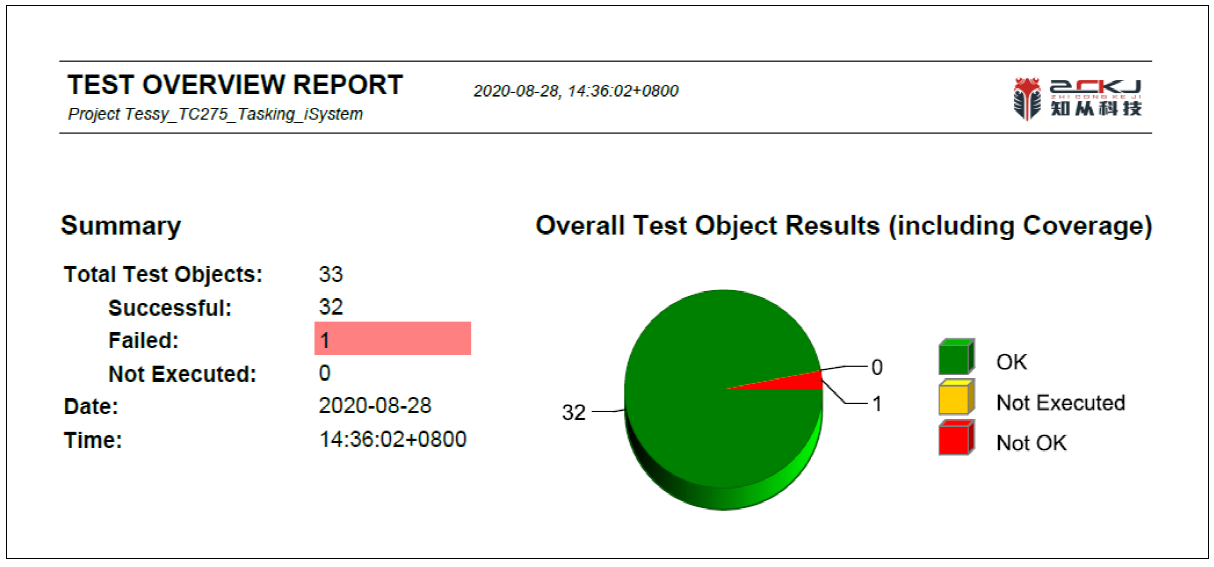
Tessy Overview 报告
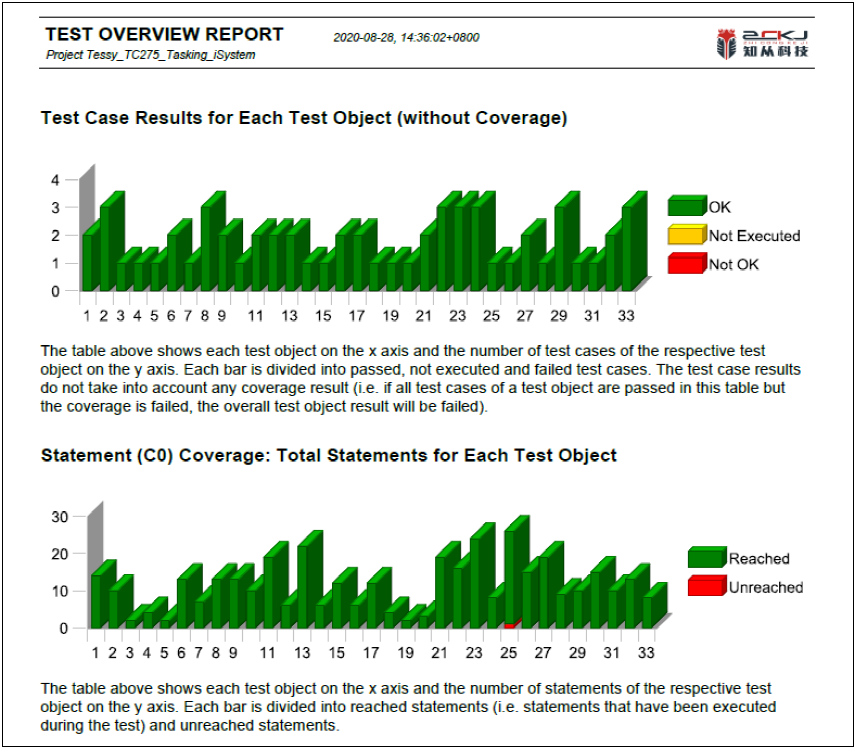
Tessy 测试路径覆盖度报告

点击下载产品手册